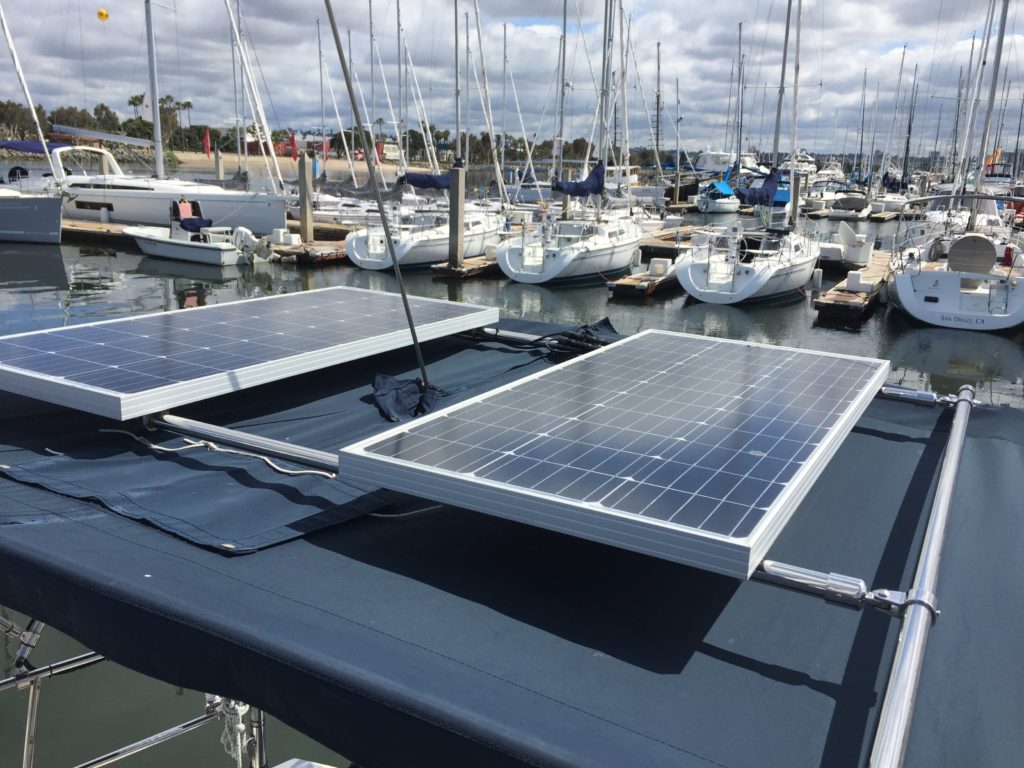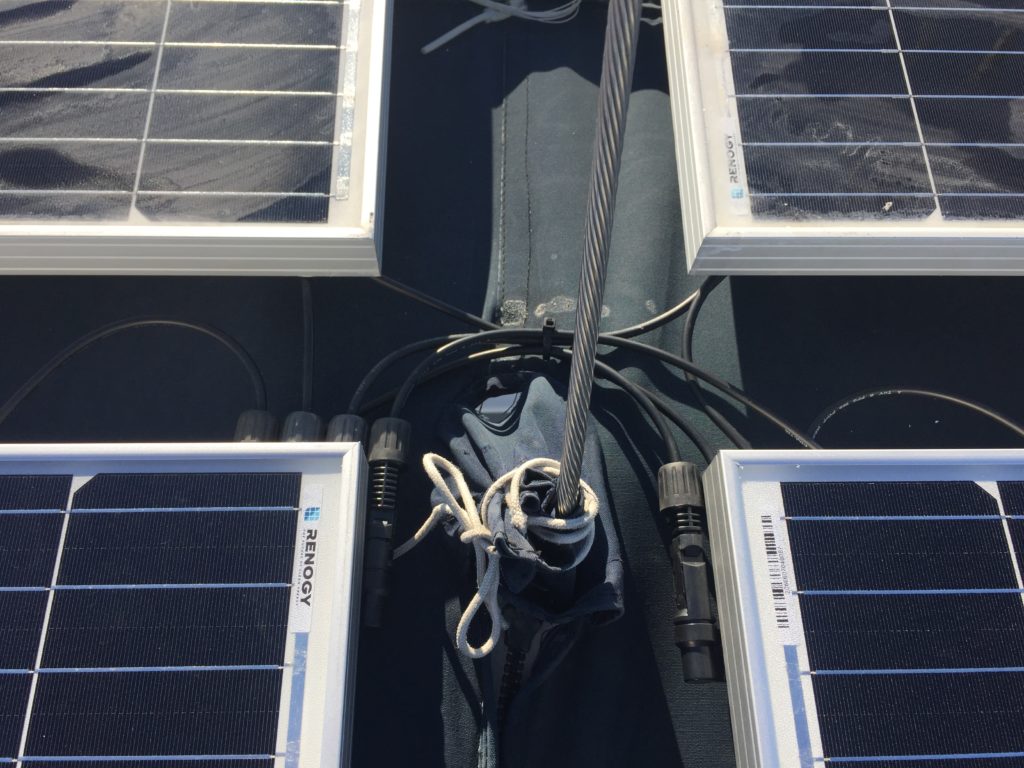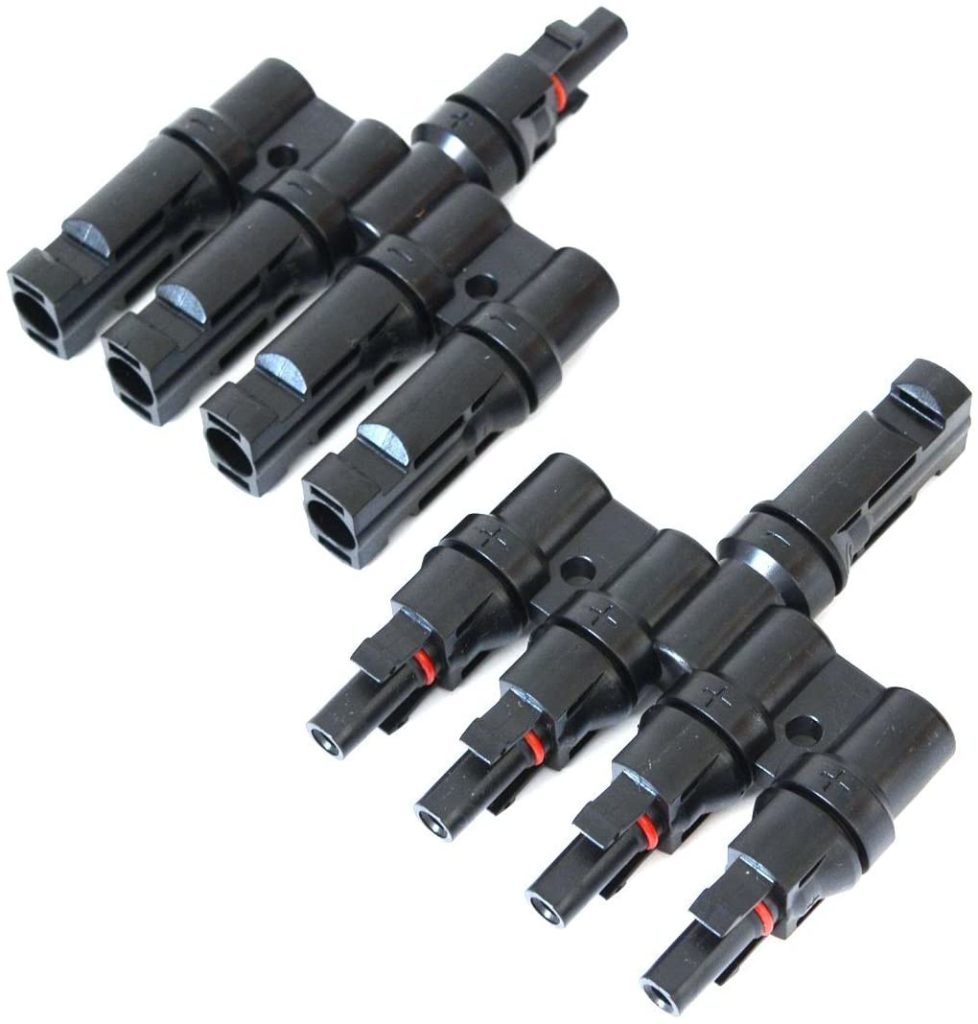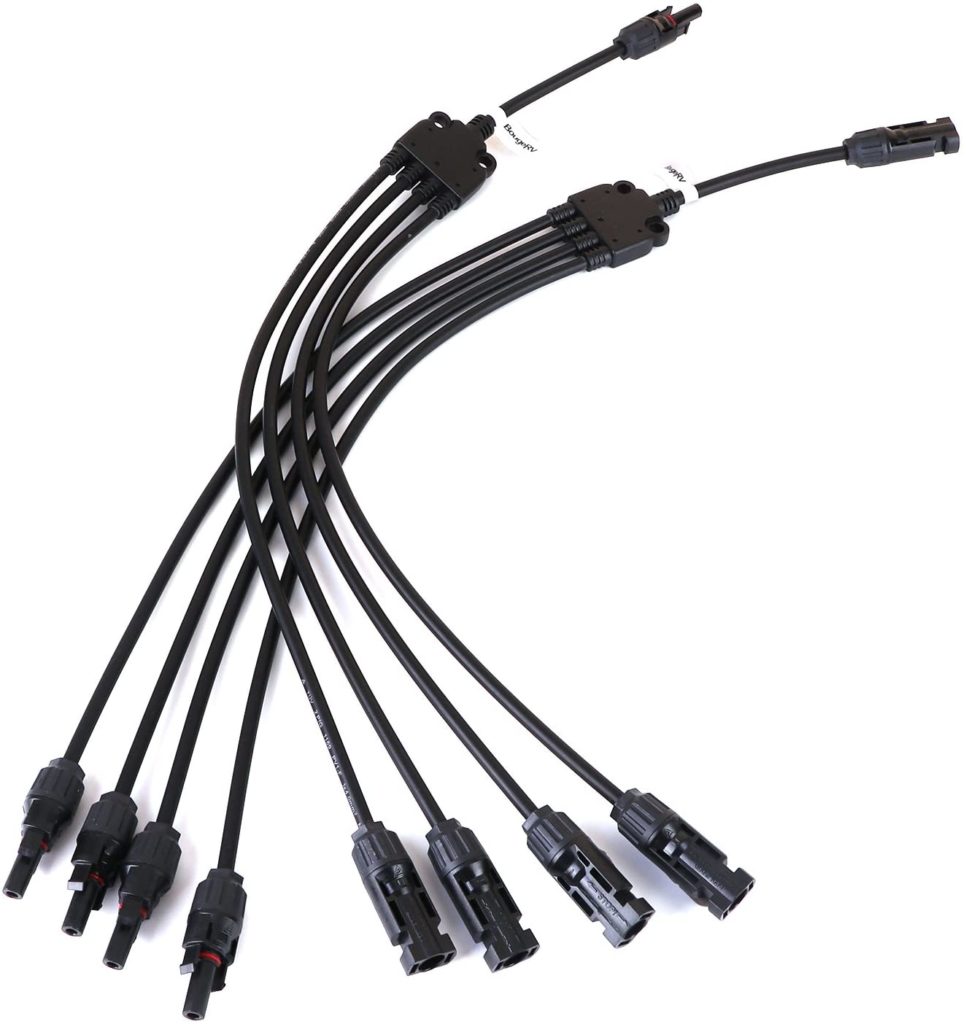Intro
In the original solar install, I was mostly concerned with keeping the batteries topped up while out sailing. That meant that we needed to supply enough power to run the fridge, electronics, and auto-pilot. Two 100W panels more than covered this.
Over the summer, we took a 2 week trip up the coast and across to Catalina Island. It was a great trip, but it pointed out a deficiency in our solar setup. When spending several days on a mooring ball, we would run the batteries down over night to about 70% capacity due to the fridge, lights, TV, etc.
While the 200 Watts could keep up during the day, they did not have enough extra capacity to top the batteries back up by the end of the next day. After doing some rough calculations, I determined that we would need somewhere between 2 and 4 additional panels.
Reality
The panels themselves were only about $100 each, but upgrading the rest of the infrastructure would get complicated and expensive if we went beyond a certain size. Therefore, I decided to just add 2 more panels. That would keep the max current within the limits of our existing MPPT controller, and would require very little change to the mounting rack.
Install
By turning the panels 90 degrees and moving the crossbars closer to the center of the rack, I could fit two on each side of the backstay. In this configuration, each panel would mount in three locations. I had to drill new holes in their frames for the mounting brackets.


Wiring
The four panels needed to be wired in parallel, and the old setup only allowed for two connections. I found 4-to-1 connectors on Amazon that worked nicely. I ordered two different kinds, in case the panel leads were not long enough. It turned out that the existing leads were just right, so I returned the extension connectors. Zip-ties hold all the wiring secure and out of the way.


Results
It is still a bit early to determine if this will fully solve the issue, but it did significantly increase the currently supplied to the batteries. The original 200W setup maxed out at about 11A with and average of about 8A. The days are a bit cloudier now, but so far with the new 400W, I have seen 18A during the middle of the day.
Updates
Once we got some really sunny days, the breakers from the panels to the controller would trip. I watched the current and saw it hit 29A at one point, so the 30A breakers were clearly under-sized. Since the controller will limit the current to around 30A, I decided it would be safe to upgrade to 40A breakers. They are really to protect against a short or some other malfunction.







